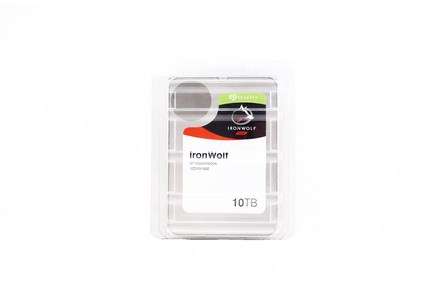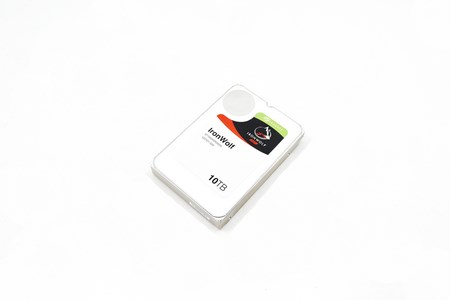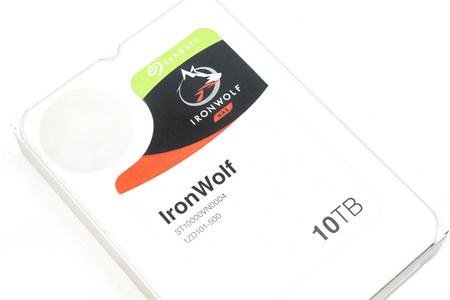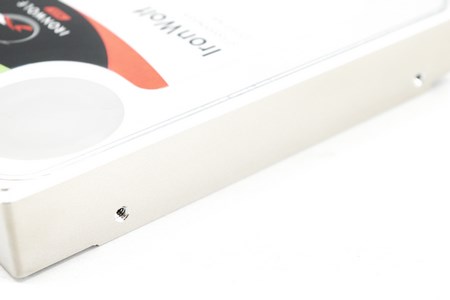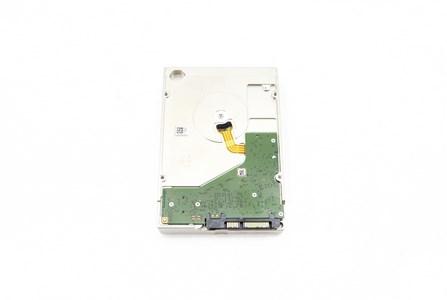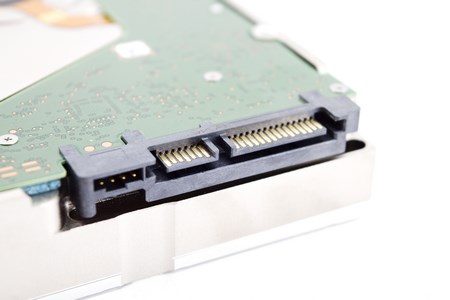INTRODUCTION
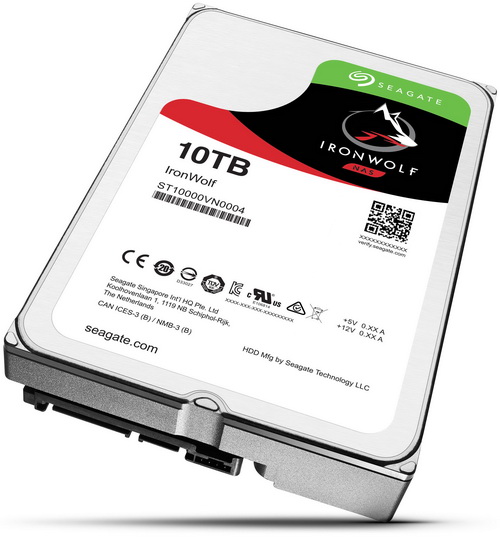
Much like system requirements for most of the latest game titles and programs storage capacity needs also tend to increase each year that goes by so although last year i was happy to have several 6TB drives in our lab for storing backups and IP camera recordings today i can barely make due with several 8TB ones. This of course is by far not the worse imaginable scenario, that will probably be whenever the time comes for us to replace the Full HD IP camera models we use around the lab with Ultra High Definition ones and above since this will practically triple the storage required for their recording. Lucky for all of us storage manufacturers never really sleep and so it wasn't more than just a few weeks back that Seagate introduced to the world their latest line of 10TB capacity hard disk drives including the latest model designed primarily for NAS use (this will probably replace the NAS HDD model) called the IronWolf.
Founded in 1979, Seagate is the leading provider of hard drives and storage solutions. From the videos, music and documents we share with friends and family on social networks, to servers that form the backbone of enterprise data centers and cloud-based computing, to desktop and notebook computers that fuel our personal productivity, Seagate products help more people store, share and protect their valuable digital content. Seagate offers the industry’s broadest portfolio of hard disk drives, solid-state drives and solid-state hybrid drives. In addition, the company offers an extensive line of retail storage products for consumers and small businesses, along with data-recovery services for any brand of hard drive and digital media type. Seagate employs more than 50,000 people around the world.
The brand new IronWolf line of HDDs by Seagate is currently available in 1/2/3/4/6/8/10TB capacities and optimized for use with up to 8 bay network attached storage devices, desktop servers and private cloud storage. Since 24x7 applications such as the ones mentioned are very demanding Seagate has implemented their latest AgileArray technology in the IronWolf line which includes dual-plane balancing, RAID optimization and advanced power management. The IronWolf line (4/6/8/10TB models) is also the first in its class to feature Rotational Vibration (RV) mitigation a technology which basically uses several RV sensors which according to Seagate help "maintain high performance in multi-drive NAS enclosures". In terms of specifications the IronWolf 10TB drive is possibly a 7 platter model (Seagate is not very clear on that) that spins at 7200RPM (1/2/3/4TB models spin at 5900RPM while 6/8/10TB models spin at 7200RPM), has a total of 256MB cache (1/2/3/4TB models have 64MB while the 6TB model has 128MB and the 8/10TB models have 256MB) and features SATA 6Gb/s interface. Seagate rates the IronWolf line with an MTBF of 1 million hours, 180TB per year endurance (workload limit) and covers it with a limited 3 year warranty. As mentioned earlier the IronWolf line will replace the NAS HDD line by Seagate but since it's not aimed towards enterprise use the Enterprise NAS HDD line will probably be replaced by the upcoming IronWolf Pro line.
SPECIFICATIONS AND FEATURES

THE IRONWOLF 10TB
Typically we received the IronWolf 10TB inside a bulk package so no SATA cable and user guide like in the retail version.
The IronWolf model is identical in size with every other 3.5" HDD in the market but Seagate has made the top flat and smooth.
Remember the large sticker at the top which included information like the drives serial number, factory roll-out date, interface, capacity and installed firmware? Well it's all gone now since the IronWolf line (and the others announced recently) just has the model name, capacity and a wolf on it.
Actually the entire enclosure has changed compared to previous HDD models and the material used doesn't only feel smoother to the touch but also quite cooler (zinc alloy?).
As usual at the rear we see a small PCB with all the modules placed on the other side for increased protection (we also see the same empty spot on the upper right corner which may one day be used for extra cache (or an SSHD model).
Four pins (probably used for firmware updates) and the usual SATA power and data connectors are located at the rear of the drive.
TEST BED
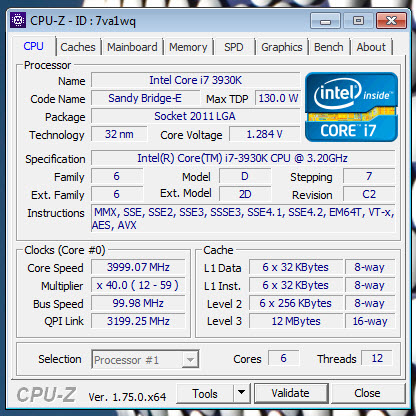

TESTING METHODOLOGY
Thoroughly testing hard disk drives may require time and patience but that's just about it. Of course that doesn't mean that one must take it lightly, at least not when people base their decision on your results. True some choose to only use 2 or 3 benchmarking suits in order to measure the performance of a drive or drives since quite honestly most benchmarking suites do tend to agree with each other (so it's not really wrong) but we always like to take things a step further not because we have to but because we want to be almost 100% certain of the results we get and post in our charts.
So in this kind of reviews we will use a total of 7 different benchmarking suites in an effort to bring you the most accurate results across the board. Now the only reason why i say effort is because real-world usage is not always on par with what results one gets by running several benchmarks on a drive and that's mainly because there are many variables at work from ambient temperatures to hardware configurations and even firmware versions. The benchmarking applications we use are the AIDA64 suite (former Everest Pro), HD Tune Professional, HD Tach RW, ATTO, Sisoftware Sandra Pro, Crystal Disk Mark 64bit and the PCMARK 7 (secondary storage suite). These benchmarking tools are the best in what they do and as you will also see later on their results more or less agree. Each test is performed a total of 6 times and then the average is recorded into the charts. Temperatures are recorded using Hard Disk Sentinel and after 45 minutes of continuous testing in a 23 degrees Celsius temperature controlled room. Finally we also use an ExTech HD600 dBA meter on each of the drives (5cm away) in order to accurately record their noise levels (during access), although if you don't turn off all system fans when doing so it's quite possible that you will never even hear the drive. The operating system as usual is a fresh installation of Microsoft Windows 7 Ultimate Service Pack 1 with every update installed up until the 13th of August 2016.
TEST RESULTS - AIDA64 / ATTO


TEST RESULTS - HD TACH RW / HD TUNE PRO


TEST RESULTS - SISOFTWARE SANDRA PRO / CRYSTAL DISK MARK X64
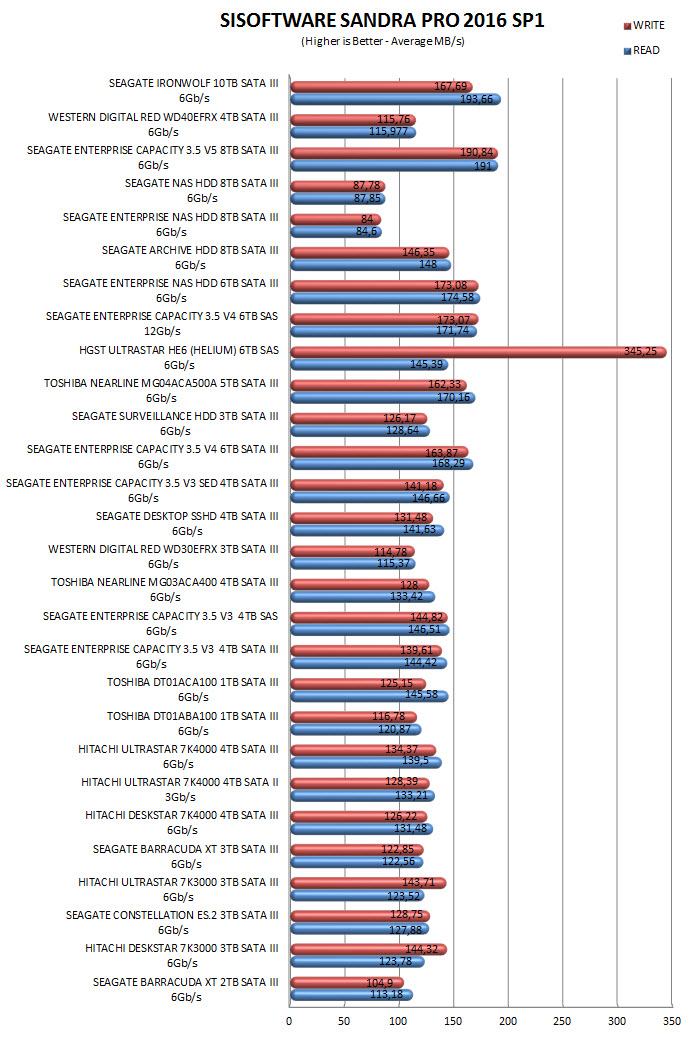

TEST RESULTS – PCMARK 7 / TEMPERATURES / NOISE LEVELS
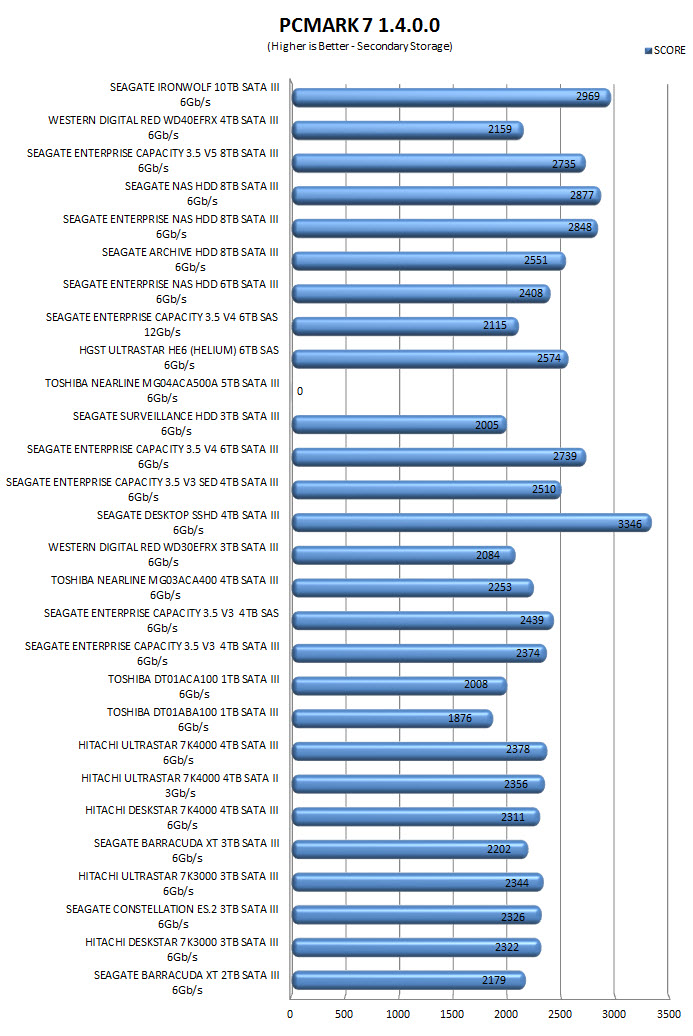


CONCLUSION
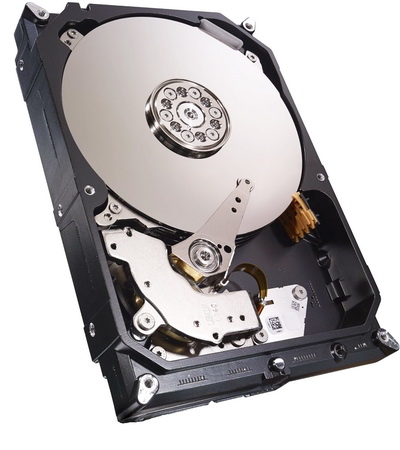
After testing the IronWolf 10TB HDD it’s quite clear that Seagate aims to change the naming of their products to something more “aggressive” and consumer friendly (perhaps also to attract more gamers?) since at least in terms of performance we’re talking about roughly the same drive as the NAS HDD we reviewed a while back (however that was the 8TB model). So once again performance is very high and just like in the past even slightly higher than what Seagate advertises in the specifications of the drive. What I really liked however about the IronWolf HDD was neither its excellent performance nor its very good endurance numbers (all pretty much identical to that of the NAS HDD) but rather the material used for the enclosure since even after we ran all our tests the drive was cold enough to touch (that’s quite hard with regular drives). This may not seem important at first but less external temperature means that using 8 of those drives inside a NAS will raise system temperatures a lot less compared to using 8 regular models (and that is quite important). Finally thanks to power consumption optimization the IronWolf 10TB uses much less power compared to the NAS HDD 8TB (6.8W vs 9W average) so that’s a really good bonus.
The arrival of 10TB drives means people can now fit up to 100TB of data inside 10 drives a total of 20TB more compared to the previous 8TB models. Traditionally however the highest capacity drives don’t come cheap and with a current price set at USD448.99 inside the USA (Amazon.com) and 462Euros inside the EU (Amazon.co.uk) the IronWolf 10TB model is not for everybody. Not everyone however needs 10TB per drive and since the Seagate IronWolf 10TB performs great, has very good endurance numbers and is covered by a 3-year limited warranty we can’t really deny giving it our Platinum Award.

PROS
- Build Quality (180WRL / 1 Million Hours MTBF)
- Excellent Performance
- 256MB Cache
- 10TB's Capacity
- Temperatures / Noise Levels / Power Consumption
- Enclosure Material (Low Temperatures)
- 3 Year Limited Warranty
CONS
- Price (For Some)
